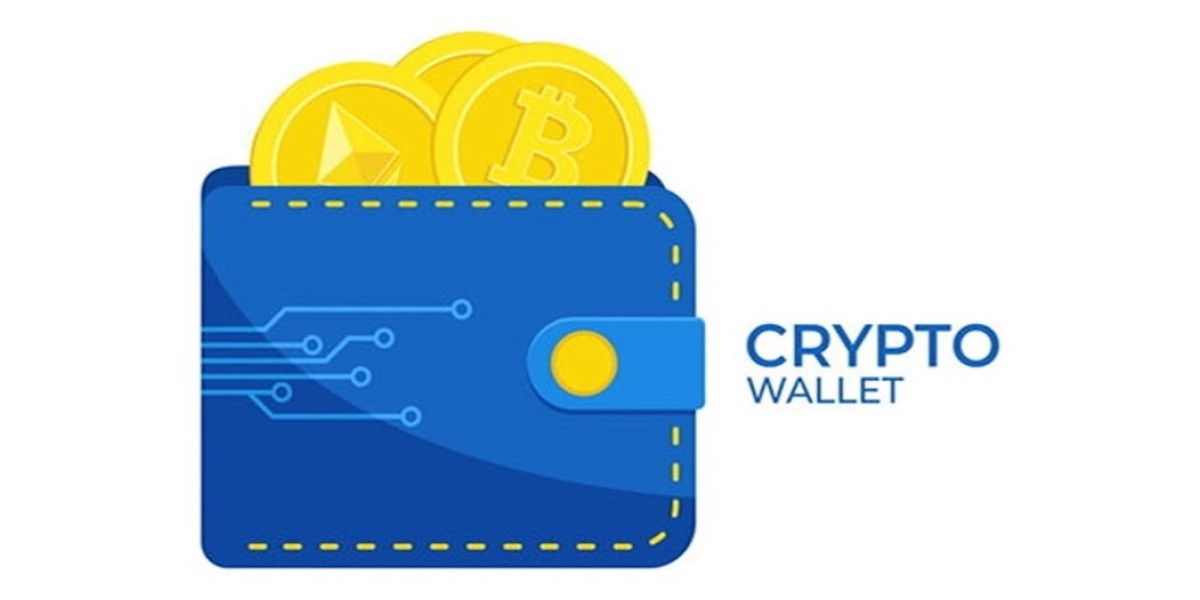Building a secure cryptocurrency wallet requires a deep understanding of blockchain technology and stringent security protocols. As digital currencies gain popularity, the need for wallets that protect users’ assets from hacks and fraud becomes critical. Creating such a wallet involves multiple layers of encryption, secure key management, and user authentication methods to safeguard sensitive information.
Additionally, the development process must address usability without compromising security, ensuring that both beginners and experienced users feel confident managing their cryptocurrencies. Collaborating with experts in cryptocurrency wallet development can help navigate these complexities effectively. Ultimately, building a secure cryptocurrency wallet demands careful planning, rigorous testing, and continuous updates to defend against evolving cyber threats and maintain user trust.
The Role of Security in Cryptocurrency Wallets
Security forms the foundation of any crypto wallet. Without it, users risk losing access to their digital assets or having them stolen by attackers. Unlike traditional bank accounts, cryptocurrency wallets often give users sole control over their funds, making wallet security absolutely critical.
Strong security not only protects users but also builds confidence in your product, setting it apart in a competitive market.
Step 1 – Secure Private Key Management
Generating Strong Keys
The private key acts like a master password, granting access to a user's funds. Wallets must generate keys using proven cryptographic algorithms that produce truly random and unique keys. Poor key generation risks creating weak keys vulnerable to hacking.
Storing Keys Safely
Once generated, private keys must stay hidden from unauthorized access. Wallets often encrypt keys on the user's device, using hardware security modules or secure enclaves where possible. Keys should never transmit or store in plain text on servers.
Handling Key Backup and Recovery
Users face losing access if they lose their device or forget their credentials. Wallets should provide clear backup methods, such as seed phrases or encrypted cloud backups. These solutions must balance ease of recovery with protecting users from theft if backups fall into the wrong hands.
Step 2 – Implement Strong Encryption
Data Encryption at Rest and In Transit
All sensitive data—private keys, transaction info, user credentials—should stay encrypted, both while stored and when traveling over networks. This encryption protects data even if devices or servers are compromised.
Using Industry-Standard Cryptography
Using well-tested encryption standards like AES-256 and secure hashing algorithms helps defend against brute-force or cryptanalysis attacks. Avoid creating custom encryption algorithms, as they often introduce vulnerabilities. Partnering with a trusted custom app development company ensures that proven security practices are implemented correctly, reducing risks and enhancing the overall safety of your application.
Step 3 – Use Multi-Factor Authentication
Types of Authentication
Multi-factor authentication (MFA) adds layers of protection beyond just passwords. Options include biometrics like fingerprint or facial recognition, one-time passwords sent via SMS or authenticator apps, and hardware tokens.
Balancing Security and Usability
While MFA improves security, forcing too many steps can frustrate users. Implement options for users to choose their preferred authentication methods or remember trusted devices to maintain a smooth experience.
Step 4 – Protect Against Common Attacks
Phishing Prevention
Attackers often target users through fake websites or emails. Wallets can combat phishing by educating users, employing domain validation, and implementing secure login flows to reduce the chance of credentials leaking.
Defending Against Malware and Keyloggers
Malware can steal keys or passwords directly from devices. Designing wallets to minimize exposure, such as avoiding clipboard copy for keys, disabling autofill, or integrating with secure hardware, can reduce risk.
Securing Communication Channels
Encrypt all communication betweenthe wallet and blockchain nodes, servers, or third-party APIs. Use protocols like HTTPS and TLS to prevent interception or manipulation of data.
Step 5 – Conduct Rigorous Testing and Audits
Penetration Testing
Simulating attacks by ethical hackers helps uncover weaknesses before attackers do. Regular pen tests identify vulnerabilities in code, architecture, or deployment environments.
Code Review and Static Analysis
Analyzing source code both manually and through automated tools finds bugs, insecure patterns, or backdoors. Continuous code reviews maintain high-quality security standards as the wallet evolves.
Step 6 – Design User-Friendly Security Features
Educating Users Without Overwhelming Them
Security measures only work if users adopt them correctly. Clear instructions, warnings, and tips embedded in the app help users follow best practices without confusion or fear.
Clear Backup and Recovery Processes
Guiding users through backup creation and recovery reduces lost wallets. Visual cues and simple workflows help users store seed phrases safely and avoid mistakes.
Step 7 – Keep Software Up to Date
Patch Management
Attackers constantly find new vulnerabilities. Developers must regularly release patches that fix bugs and close security holes. Automating updates where possible ensures users stay protected.
Responding to New Threats Quickly
Threats evolve rapidly. Monitoring security news and responding swiftly with fixes or feature improvements keeps your wallet resilient against emerging attacks.
Step 8 – Build for Scalability and Future Security
Modular Architecture
Designing wallets in modular components allows teams to update security features or swap algorithms without rebuilding the entire app. This flexibility prepares your wallet for future challenges.
Planning for New Cryptographic Standards
As cryptography advances, some algorithms become outdated. Keeping an eye on new standards and planning migration paths helps your wallet stay secure over time.
Conclusion
Building a secure cryptocurrency wallet requires careful attention to key management, encryption, authentication, and threat prevention. It also demands regular testing, user-focused design, and ongoing maintenance.
By following these steps, developers can create wallets that protect users’ assets effectively while offering a smooth experience. Security builds trust — and trust drives adoption in the fast-moving world of cryptocurrencies.








